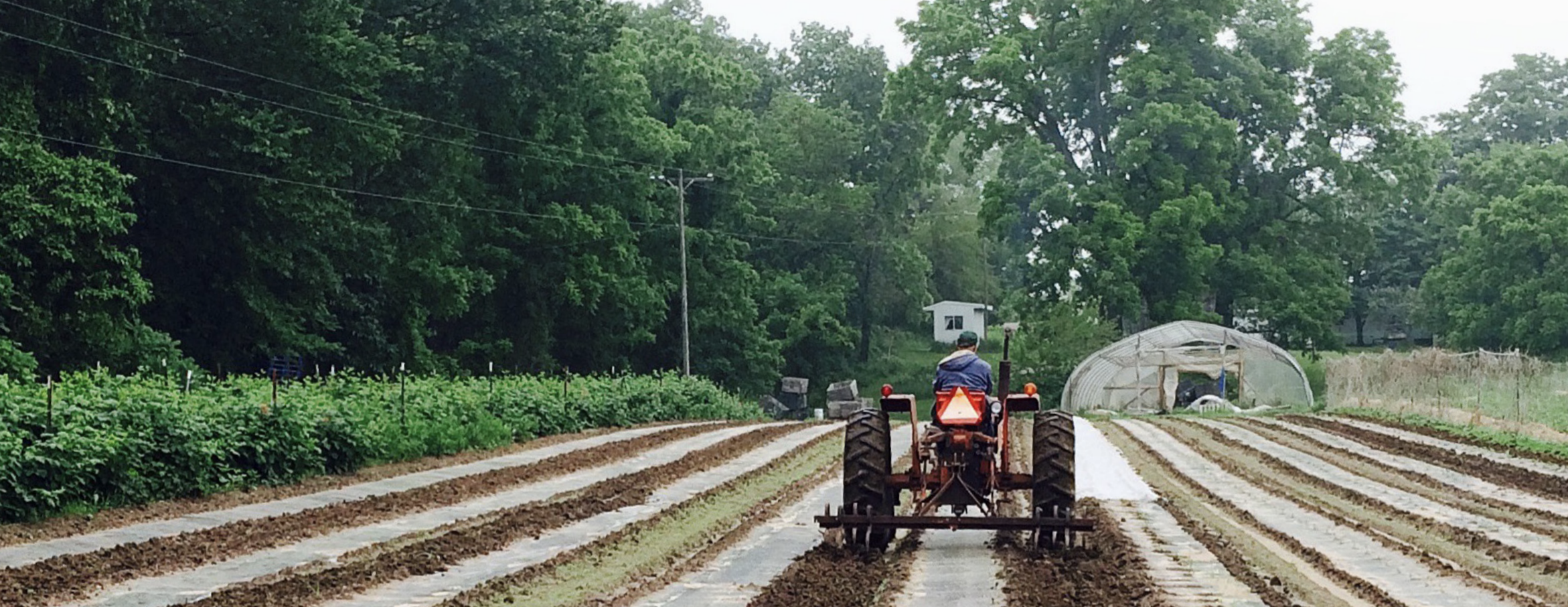Ten Cents A Meal Program a Success in Providing Local Produce to Michigan Schools
10 Cents a Meal for School Kids and Farms is improving the daily nutrition and eating habits of children and investing in the local food business economy.

This school year, Michigan schools have served students 80 different Michigan-grown fruits, vegetables, and dry beans from 112 farms in 34 Michigan counties, according to a recent Michigan Department of Education legislative report on the 10 Cents a Meal for School Kids and Farms program.
10 Cents a Meal for School Kids and Farms is a pilot program that provides schools with matching incentive grant funds – up to 10 cents per meal – to purchase and serve Michigan-grown fruits, vegetables, and dry beans.
The purpose of the program is to “improve the daily nutrition and eating habits of children through the school setting” and “invest in Michigan agriculture and related local food business economy.”
Thirty-two districts within Prosperity Regions 2, 4, and 9 served Michigan-raised produce to over 95,000 school children. These districts received competitive state grant funding through the 10 Cents a Meal 2017-18 school year pilot program.
Increasing students’ nutritional knowledge was key to the success of implementing 10 Cents a Meal. School classrooms and cafeterias conducted taste tests, honed in on nutrition education, and displayed Cultivate Michigan and farmer posters to encourage students to try the fresh items on their plates.
State Superintendent Brian Whiston envisions the potential long-term impacts of 10 Cents a Meal, “Bringing healthy, locally-grown food into Michigan schools helps our economy and fuels our students’ learning. Healthy kids are eager to learn and achieve, driving Michigan to become a Top 10 education state in 10 years.”
Michigan farms and food businesses are also reaping benefits.
“Farm-to-School is consistent business with consistent pricing,” said Mike Gavin, of Gavin Orchards, a 220-acre farm in Ottawa County. “When I started with schools, I was told student consumption had doubled and tripled in apples. It’s nice to hear you are making a difference.”
In addition to the 112 farms that produced food purchased by the schools, 19 food businesses, including processors, distributors, and food hubs, played a huge role in the pilot’s success.
Richard Endres of Tantre Farm says, “I am very pleased that Cherry Capital Foods [distribution food hub] is getting us into schools. It is a great resource, providing us boxes and scheduling pick-ups. It is nice to have this income.”
The impacts of the program extend beyond nutrition education and economic benefits; schools are noticing the children developing interest in other parts of the food system as well.
Sherry Sedore, the food service director at Pellston Public Schools in Prosperity Region 2 in northern Michigan says, “I’m looking into building a garden now, to grow peas and green beans – little things students would want to try because they grew them. Before we had 10 Cents, students weren’t interested in the idea of a garden, but now there’s interest.”
Beth Kavanaugh, the food service director for Public Schools of Petoskey in Region 2 in northwest Michigan said that since their grant began she has seen students wasting less and eating more fruits and vegetables.
See more of the impacts 10 Cents a Meal is having across Michigan by checking out the full report. For updates, visit the 10 Cents Michigan website and like their Facebook page. You can also view the Michigan Department of Education's press release online.
Photo 2: Students at a pop-up market at school. Credit: Neha Shah, Burns Park Elementary, Ann Arbor Public Schools.
Photo 3: Tantre Farms, Ann Arbor.



 Print
Print Email
Email


